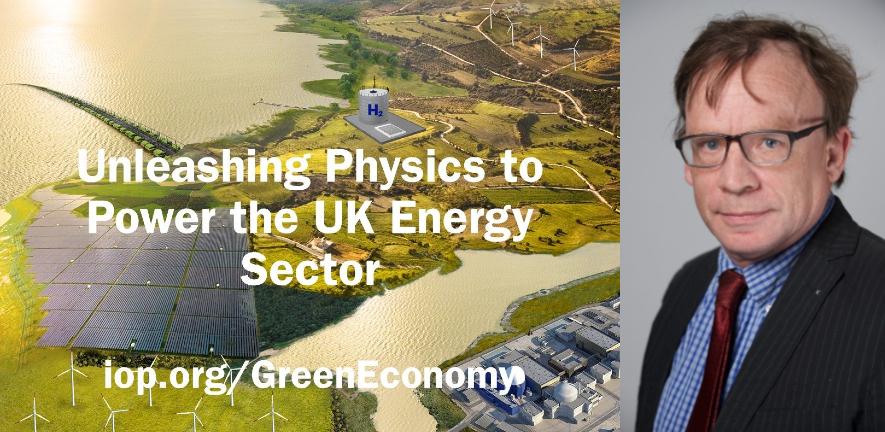
The UK’s drive to net zero won’t succeed on wind turbines and solar farms alone. The real bottleneck is moving that clean electricity from remote fields and offshore platforms to the homes, cities and industries that need it.
A new Institute of Physics (IOP) report — featuring contributions from Professor Tim Coombs of the University of Cambridge’s Electrical Engineering Division — highlights a technology that could change the game: high-temperature superconducting (HTS) cables.
A Superhighway for Renewable Power
The UK is already a world leader in offshore wind, with bold targets to expand capacity. But transmitting electricity from the North Sea to demand centres in the Midlands and South is a growing headache. The same challenge applies to solar farms scattered across rural areas: how to deliver power without losing much of it along the way — or disfiguring the countryside with new pylons.
HTS cables provide an elegant solution. With ultra-high-power density and almost zero losses, they can carry vast amounts of electricity underground, quietly and efficiently, without the environmental scars of overhead lines.
Why HTS Matters Now
HTS isn’t just an incremental upgrade — it’s a toolkit for reshaping the UK grid:
- Efficient long-distance transmission
- Compact infrastructure
- Stabilising renewables
- Microgrids and resilience
- Urban deployment
- Cross-border interconnectors
- Grid flexibility and reliability
Together, these features position HTS as more than just an alternative to aluminium: they make it a cornerstone technology for a modern, resilient, low-carbon grid.

